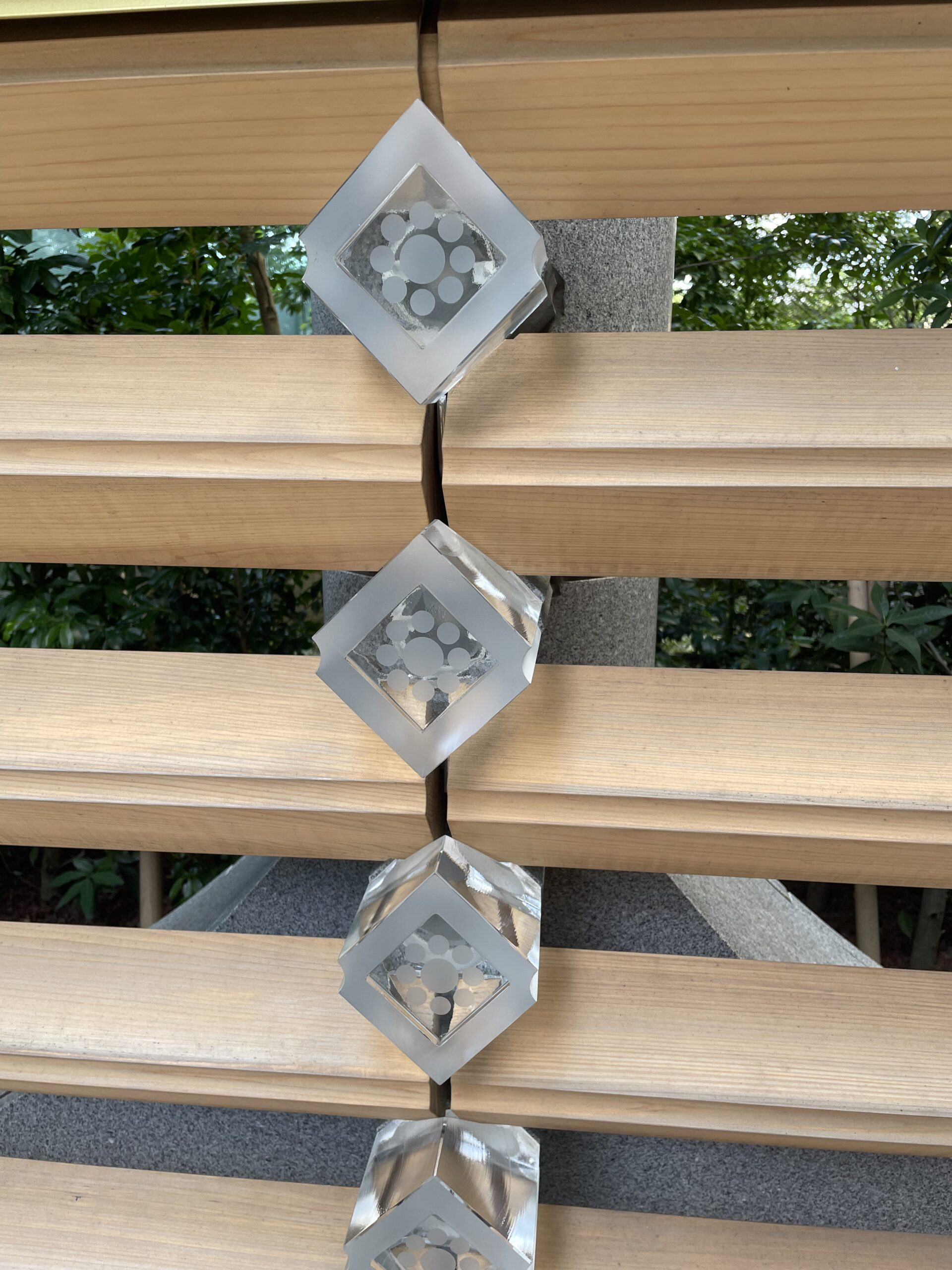During the time of Taira no Masakado, Japan was a centralized state system ruled by the emperor, with local regions being governed and taxed by officials sent from the capital. The ruling class never left the capital and had no understanding of the corruption and heavy taxation imposed by local officials. Taira no Masakado initially followed the emperor’s officials, but in 929, when the Khitan leader Yelü Abaoji established himself as emperor and sent an envoy to Japan
In 939, Masakado saw an opportunity to establish his own independent kingdom in the east, with himself as the new emperor. He took over the Kamitsuke district and began to establish a new system of taxation and security. However, the Kyoto government quickly dispatched troops to suppress his rebellion, and Masakado’s dream of independence was never realized. Because he had proclaimed himself emperor, his name was omitted from Japanese history textbooks, and even Americans studying Japanese history may be surprised to learn of him. Masakado was enshrined at Kanda Myojin, but during the Meiji era, he was removed and the shrine was renamed Kanda Shrine. After World War II, he was enshrined again at Kanda Myojin. His tomb is located in a prime location worth 10 billion yen, but even the most greedy developers or the U.S. military could not touch it.
